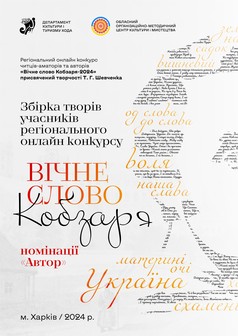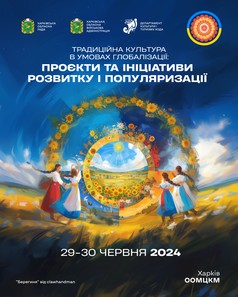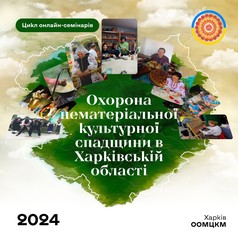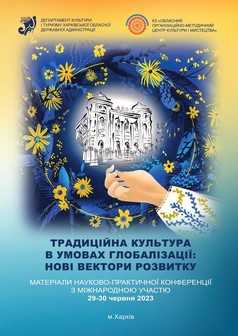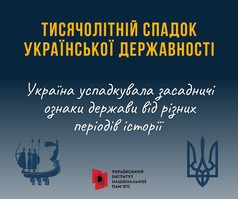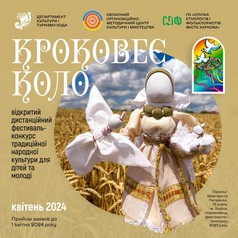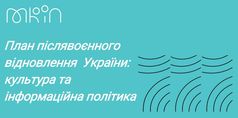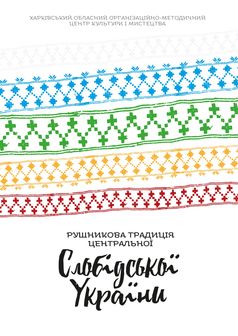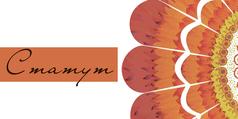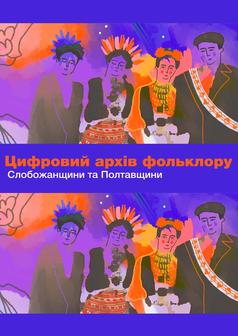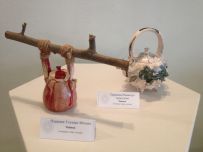
There Is Only One Step from Mathematical Cybernetics to Art Pottery

'I was walking down the street, and saw the pots in the window. That was my friend's place. I came to him and asked where he made them. He said, 'Come on, I'll teach you.' This is how all began,' Volodymyr said. 'Ever since, I've been making ceramic ware, a total of 40 years, 35 years of that might be for tea-pots. So, one can say, I make tea-pots half of my life.'
Volodymyr Shapovalov exhibited about 20 tea-pots at the NezvyCHAIno exhibition, and about fifty finished items are kept at home. The master sold, in his own estimation, two hundred tea-pots, and he has made five hundred pieces in his entire life.
Every Author Defines Utility and Artistry Ratio in His Own Way
'I use my pottery at home. I love pottery just for the fact that it doesn't lose its utility,' the ceramist Oleksandr Miroshnychenko says. 'If this is a teapot, then you need to use it, it should be easy to use. Of course, people make experiments a lot, presenting the teapot as an art object, with soldered spout or without a handle, but when I make a teapot, I aim for functionality, good quality of work.'
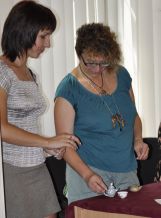
'The teapots are totally functional, they're burned, covered with enamel, you can easily brew one or two tea leaves,' Svitlana says. 'But they serve a decorative function. My teapots are collectible.'
Liubov Streltsova, the ceramist from Kyivv, emphasizes the aesthetic function of the teapots. Her bright pieces are the abundance of elements of sculpture, flowers, and animals. For example, one of the teapots is made in the form of two sitting cats, leaning on each other. The head of one cat is the teapot lid, the paw of another is the spout. In contrast to other Liubov Streltsova's works, this teapot can be used for other purposes. Other pieces from the major 'players' of the tea ceremony borrowed only the form and may be used only as a decoration element.
Oleksandr Zhovnovsky primarily seeks to retain the traditional pottery techniques in his handiwork, he is sure that the crockery made of natural materials is much more useful and environmentally friendly. Mykhailo Pluzhnyk-Gladyr from Odessa shares the same position.
Dmytro Nuzhin, another Odessa ceramist, burned his first teapot in a muffle when he was on studies in the army. This piece is of great practical importance. Later, having started to work with the form, he put more fantasy in the functional item. Now the ceramist decorates his teapots with modeling, making them in a form of spacecrafts, locomotives and even in the form of the Earth planet.
In fact, it is very simple to distinguish between a utilitarian and a decorative teapot: just look at the spout. If it is sealed, the teapot is made specifically for the exhibition, if not, the aesthetic component is secondary to the functionality of the product.
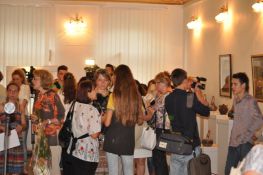
The process of creating a teapot is quite time-consuming. Two main techniques for making pottery prevail: with potter's wheel and foliated. First, you need to prepare the clay, mold the shape, dry it, burn a few times, paint. This is very hard to make one piece in a week, the masters say.
'I've finished some teapots in 20-30 years,' Volodymyr Shapovalov told. 'For example, I need a suitable handle for some form of the teapot, and it's not available. A new idea comes, and the new parts are needed for the old teapot.'
'I've made about two hundred teapots. This is a very self-sufficient thing, which provides a large field for experiments. You can use different shapes, textures, and techniques in manufacturing. This exhibition features teapots made at one time, during one burning. This is a one-piece series in style and form,' Oleksandr Miroshnychenko told.
Tea Ceremony as One of Methods of Alcohol Abuse Prevention
A famous historian of the early 20th century, Fernand Braudel, wrote that the tea came to Western culture from the East and conceived a specific meaning on a new cultural basis. In particular, the scholar ascribes quite practical meaning to the phenomenon of 'English Tea Party'. Daily consumption of tea in one and the same time was intended not only to discipline the English aristocracy and arrange the time, but also ... to prevent alcohol abuse, which was a sin of many Englishmen in the 17th and 18th centuries.
'If we talk about the tea-drinking culture, then, no doubt, the wind is blowing from the East,' Volodymyr Shapovalov says. 'China and India are the leading tea-producing countries. Even in a faraway Britain, at 'a mad tea party' (a reference to Alice in Wonderland by L. Carroll - auth. note) at 'five o'clock' (at five in the evening), they drink Chinese or Indian tea.'
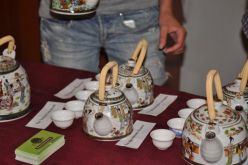
The exhibition NezvyCHAIno presents the works by Kharkiv masters Volodymyr Shapovalov, Oleksandr Miroshnychenko, Valeriy Rayin, Oleksandr Zhovnovskyi, Svitlana Vynogradska, by Odessa masters Mykhaylo Pluzhnyk, Anastasia Taranova-Romanchuk, Dmytro Nuzhin, ceramists from Kyiv Volodymyr Korniyenko and Liubov Streltsova. The entourage of the exhibition is complemented with the tea-subject pictures by the Kharkiv Art College students, as well as ordinary factory-made teapots, decorated with Petrykivka painting made by the participants of Petrykivka painting master classes hold at the Kharkiv Regional Center of Culture and Art.
Exquisite atmosphere was complemented with piano concert performed by Kateryna Rodenko. Anyone could join the high tea culture and try the elite Chinese tea from Tea Room shop at the exhibition opening. By the way, you can do that throughout the exhibition, which runs till August 10.
Exhibition opening hours 10.00 to 18.30, closed on Sundays. Admission to the exhibition – 10 UAH, and 5 UAH for children and pensioners.
Address: Kharkiv, vul. Pushkinska, 62, Exhibition Hall of the ground floor.
Information: (057) 700-35-79.
E-mail: This e-mail address is being protected from spambots. You need JavaScript enabled to view it
